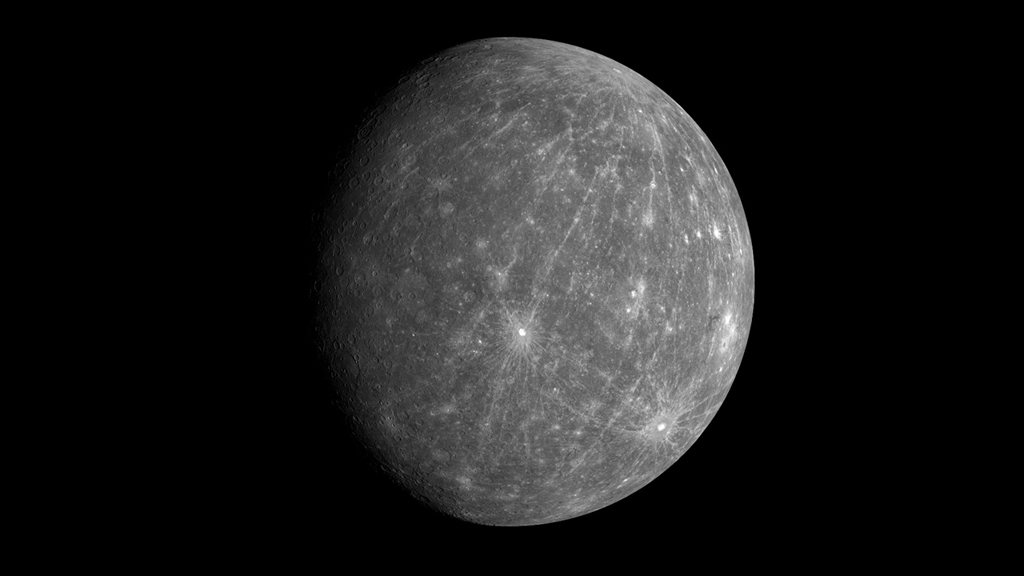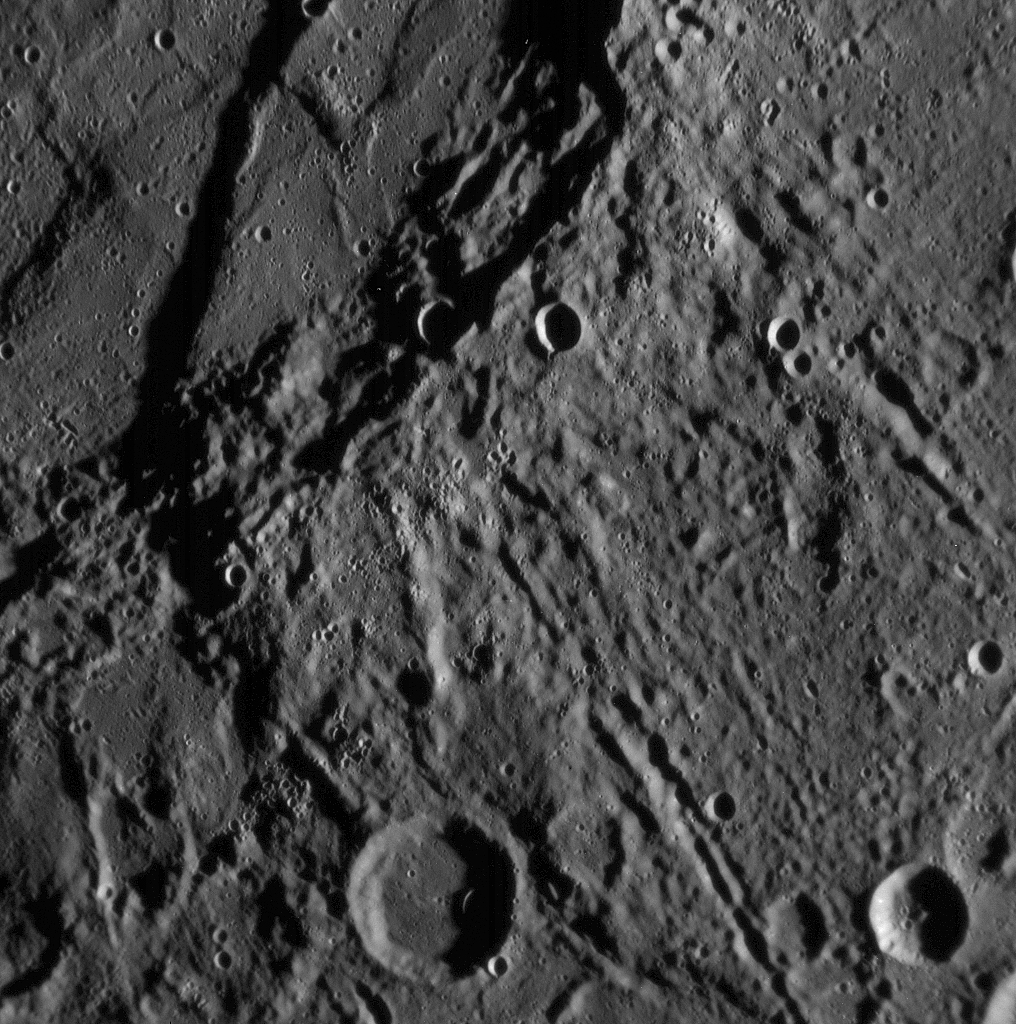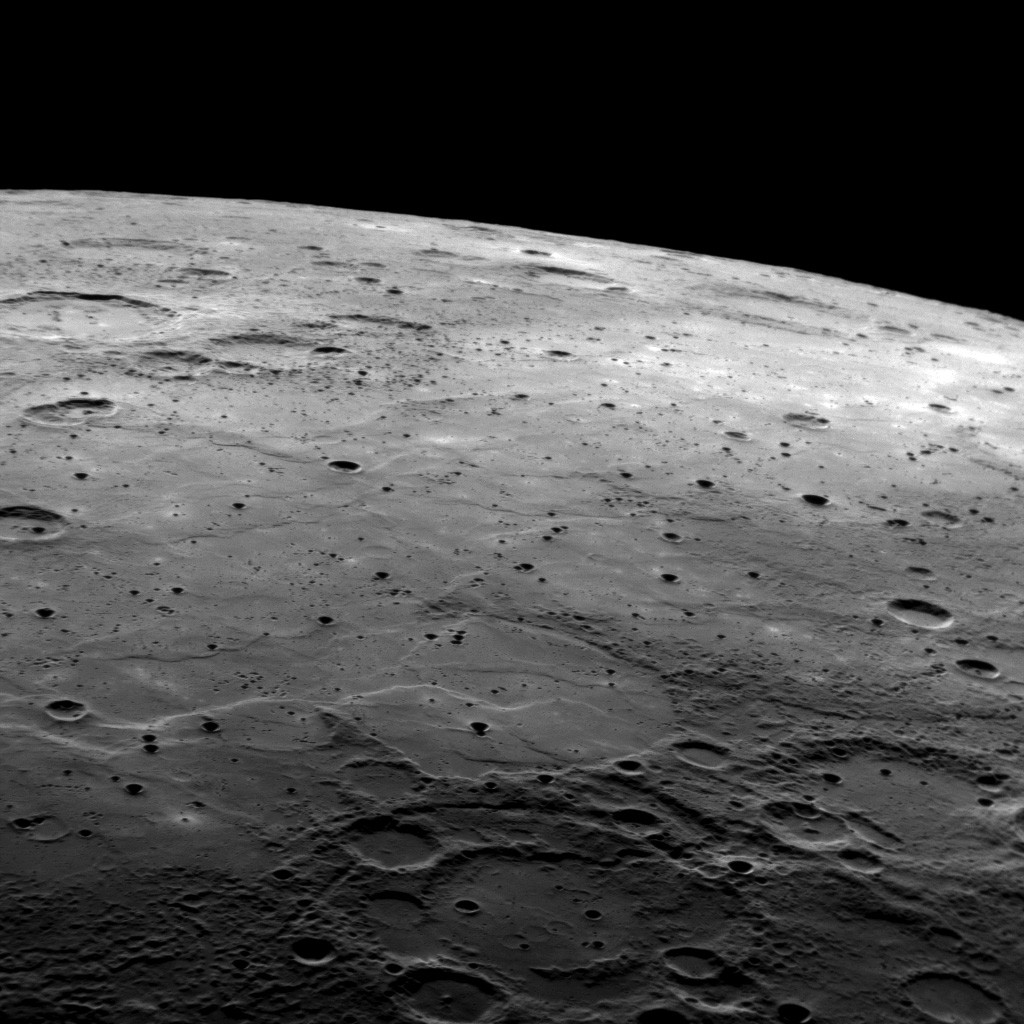Planets and Moons
ID: 11544

The solar system’s smallest planet may look like Earth’s moon, but don’t mistake Mercury for another familiar face. Before 2008, fewer than half of the planet’s surface features had ever been seen by humans. Now, NASA’s MESSENGER spacecraft has imaged over 90 percent of the planet to help paint a complete picture of its geologic past. Like the moon, scores of craters pock Mercury’s exterior. But unlike the moon, gigantic scarps, or cliffs, climb thousands of feet above its terrain. Such features are the result of the planet’s crust shrinking during a period of cooling after its formation. As scientists piece together its history, they hope to ultimately learn about the processes that forged Mercury over four billion years ago. Watch the video to see close-up views of the surface taken from orbit.



Discover Mercury




Story Credits
Please give credit for this item to:
NASA's Goddard Space Flight Center
Video and images courtesy of NASA/Johns Hopkins University Applied Physics Laboratory/Carnegie Institution of Washington
NASA's Goddard Space Flight Center
Video and images courtesy of NASA/Johns Hopkins University Applied Physics Laboratory/Carnegie Institution of Washington
Short URL to share this page:
https://svs.gsfc.nasa.gov/11544
Keywords:
SVS >> App
NASA Science >> Planets and Moons
https://svs.gsfc.nasa.gov/11544
Keywords:
SVS >> App
NASA Science >> Planets and Moons







